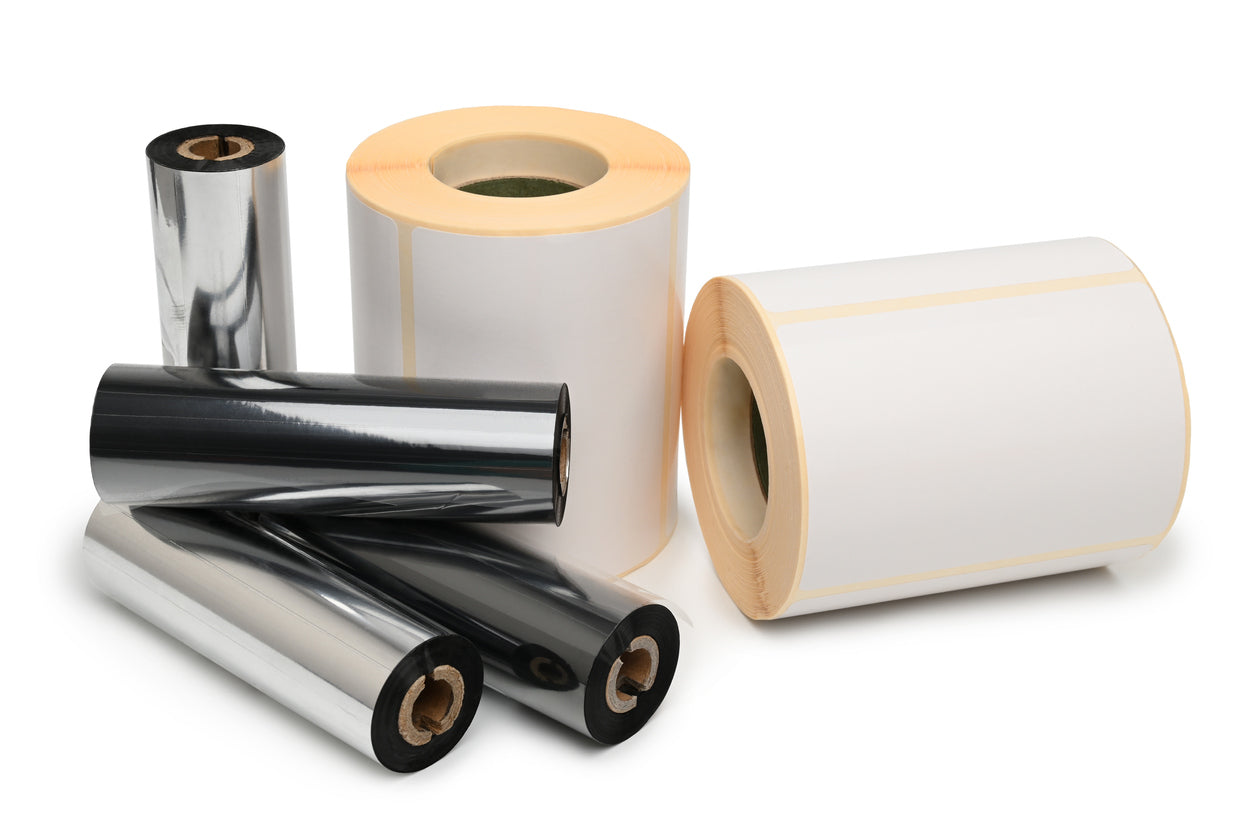
Differences Between Thermal Printer Paper and Normal Paper
There are several different types of print paper available for numerous applications. Thermal paper and regular paper are two popular forms of print paper; they are employed in various print processes and have unique characteristics. This article will further explain the distinctions between these two.
Composition
Normal paper, often known as blond or plain paper, is made of wood pulp or recycled materials. It is widely used in inkjet, typewriters, and laser printers, as well as in writing applications. The printing process involves the use of toner-based ink, either dry or wet, to transfer text and pictures onto the paper's surface.
Conversely, thermal printer paper is a chemically treated paper that has been covered with a heat-sensitive layer but without ink or toner. It works with thermal printers, which use heat to form an image or text on the surface of the paper. The heated components in the printer react chemically with the heat-sensitive coating to generate the desired print.
Printing Speed
When it comes to printing speed, POS paper outperforms regular ones. Thermal printers produce prints far faster than their traditional counterparts since they do not require toners or ink cartridges to work. As a result, thermal paper is the greatest option for high-volume printing applications such as parking tickets, shipping labels, and receipts.
Print Lifespan
Thermal paper rolls are the finest option for people who desire long-lasting prints. Thermal paper products, like CDM Labels' thermal transfer labels, can endure oils, water, UV radiation, and chemicals since they do not rely on ink that fades or smudges over time. Consequently, they play a crucial role in harsh environments such as high humidity and severe temperatures. Businesses, organizations, and customers may save records of earlier transactions for many years without fear of fading as well.
Normal paper, on the other hand, is more prone to damage from moisture and other external sources. That’s why it is less suitable for applications that are subjected to extreme conditions.
Price
When comparing thermal versus regular paper, cost is an important factor to consider. If you use normal printers for your business, you will need to replace ink cartridges and ribbons on a regular basis. You will also have to pay for printer maintenance.
On the contrary, this is not the case with mini thermal printer paper. POS printers feature fewer moving components, lowering maintenance expenses. Your only cost will be thermal paper, which you can get affordably from reputable suppliers like POSPaper.com.
Image Quality
The regular paper provides more variety in terms of image quality. Inkjet and laser printers generate high-resolution printouts with vibrant colors and razor-sharp details. Thus, it is suitable for printing papers, pictures, and marketing materials.
Unlike normal ones, the image quality of thermal paper is limited due to color and grayscale constraints, making it ideal for printing monochrome images and basic text like receipts and labels.
Storage
When it comes to storage, thermal paper is lighter and takes up less space. In the event of a mobile application, thermal rolls may be moved around, which saves you from paying for storage space.
In contrast, ordinary papers are heavy and thick, necessitating additional storage space.
Final Thoughts
Thermal paper is not the same as regular printing paper. Both have unique properties that perform certain functions and cater to different businesses and requirements within the printing industry. Therefore, understanding these distinctions will allow you to make a wise decision.
